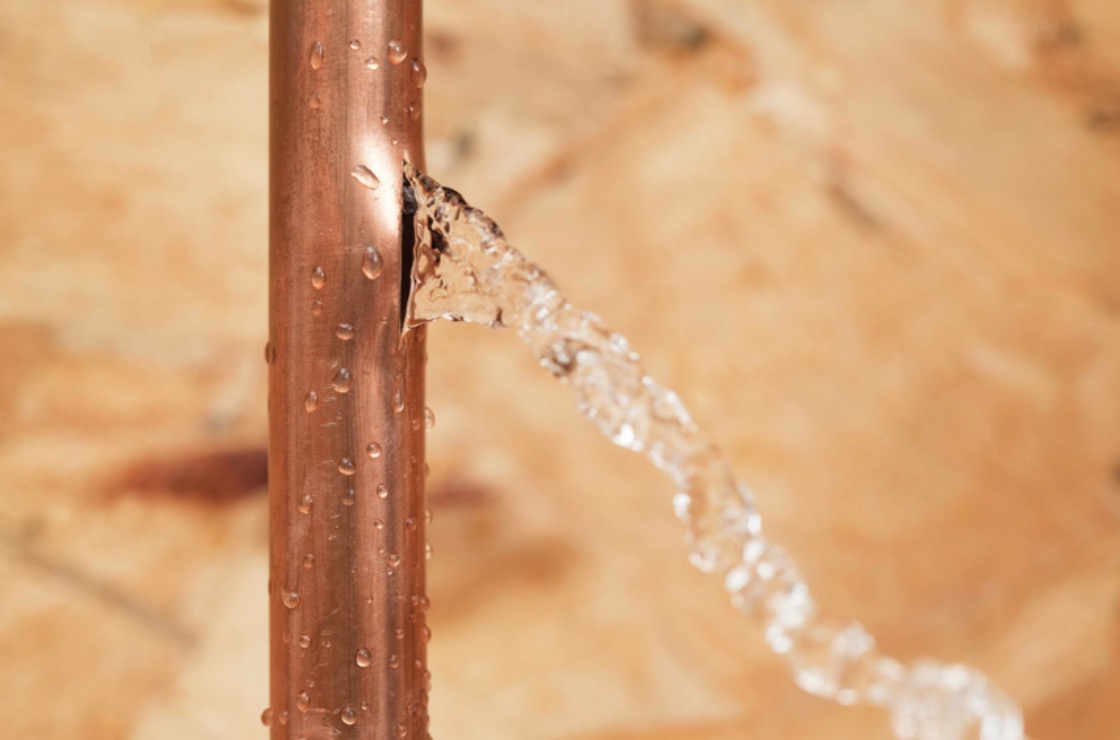The publisher is making a few great points on How to detect water leaks in your home overall in this great article down the page.

Leaks not just trigger waste of water but can additionally trigger unneeded damage to your home as well as promote undesirable organic growth. By looking as well as understanding for daily scenarios that create leaks, you can secure your residence from future leaks as well as unneeded damages.
Intruding roots
A lot of water leaks start outside the house as opposed to inside it. If you see an unexpected reduction in water stress, say in your tap, take time to head out and examine your yard. You might notice wet spots or sinkholes in your lawn, and that might mean that tree origins are attacking water lines creating water to leak out. You can have your plumber look for breach, specifically if you have trees or bushes near your property.
Corroded water systems
As time goes by, your plumbing system ages as well as corrosion such as rust may begin eating away the pipelines. This could be the root cause of discoloration or bending on your pipes. This requires an inspection with your plumber quickly. If our plumbing system is old, take into consideration changing the pipes since they go to a greater danger of rust than the more recent models.
Malfunctioning Pipe Joints
The factor at which your pipelines attach is regularly the weakest web link in the waterline. Pipeline joints can degrade gradually, leading to water leakages. The majority of pipe joints are not quickly noticeable. If you have loud pipelines that make ticking or banging noises, particularly when the warm water is turned on, your pipeline joints are most likely under a great deal of stress. It is recommended to have your plumber check your system annually.
Instant temperature level changes.
Severe temperature modifications in our pipes can cause them to broaden and acquire all of a sudden. This expansion and tightening may create splits in the pipelines, especially if the temperature are below freezing. If you maintained an eye on exactly how your plumbing works, it would be best. The presence of the formerly pointed out conditions frequently suggests a high danger.
Poor Water Connectors
Sometimes, a leakage can be caused by loosened hoses and also pipelines that supply your appliances. Generally, changing is what causes the loosened water Connections. You could discover when it comes to a washing machine, a hose might spring a leak as a result of trembling throughout the spin cycle. In case of a water links leak, you may discover water running directly from the supply line or puddles around your home appliances.
Blocked Drains
Blocked drains pipes might be annoying as well as inconveniencing, however they can occasionally end up causing an overflow causing rupture pipelines. Maintain getting rid of any materials that may go down your drains that can obstruct them to stay clear of such aggravations.
All the above are sources of leaks however not all water leaks result from plumbing leakages; some leakages may come from roof leakages. All leakages ought to be repaired instantly to prevent water damages.
Leakages not only create waste of water yet can also cause unneeded damages to your house and advertise unwanted organic development. By comprehending and looking for day-to-day circumstances that cause leakages, you can safeguard your residence from future leaks as well as unnecessary damage. Today, we will certainly look at six leakage creates that may be creating your pipes to leak.
At times, a leakage can be caused by loose pipes and also pipes that supply your devices. In instance of a water connections leak, you may see water running straight from the supply line or puddles around your home appliances.
How To Check For Water Leak In Your Home
How To Check for Leaks
The average household's leaks can account for nearly 10,000 gallons of water wasted every year and ten percent of homes have leaks that waste 90 gallons or more per day. Common types of leaks found in the home are worn toilet flappers, dripping faucets, and other leaking valves. These types of leaks are often easy to fix, requiring only a few tools and hardware that can pay for themselves in water savings. Fixing easily corrected household water leaks can save homeowners about 10 percent on their water bills.
To check for leaks in your home, you first need to determine whether you're wasting water and then identify the source of the leak. Here are some tips for finding leaks:
Take a look at your water usage during a colder month, such as January or February. If a family of four exceeds 12,000 gallons per month, there are serious leaks.
Check your water meter before and after a two-hour period when no water is being used. If the meter changes at all, you probably have a leak.
Identify toilet leaks by placing a drop of food coloring in the toilet tank. If any color shows up in the bowl after 10 minutes, you have a leak. (Be sure to flush immediately after the experiment to avoid staining the tank.)
Examine faucet gaskets and pipe fittings for any water on the outside of the pipe to check for surface leaks.
Undetected water leaks can happen without the home or business owner even realizing. If you suspect a water leak, but not able to find the source. It is time to contact a professional water leak detection service, The Leak Doctor.
How To Find a Water Leak In Your Home
https://www.leakdoctor.com/blog/How-To-Check-For-Water-Leak-In-Your-Home_AE197.html

As a reader about Common Water Leaks In House, I imagined sharing that section was really helpful. Enjoyed our posting? Please share it. Help another person find it. Thanks so much for taking the time to read it.
Visit Link